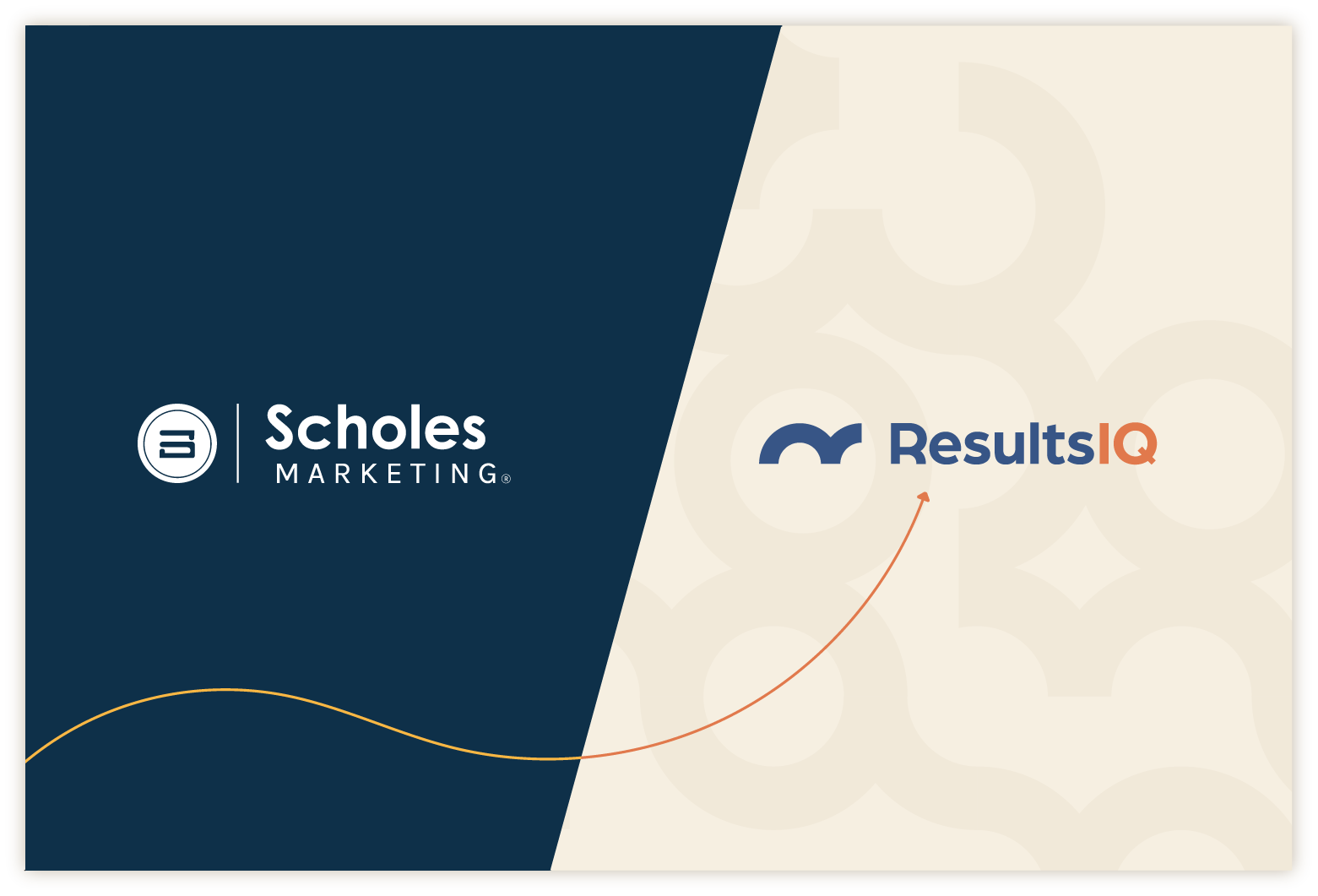AI Content: Friend or Foe? The Data Shows the Surprising Truth
Perhaps no technology has been as hyped, or as feared, as generative AI. Launched by the release of ChatGPT in November 2022, already two-thirds of...
4 min read
 Oscar Jaramillo
:
Jul 29, 2024
Oscar Jaramillo
:
Jul 29, 2024

Digital marketing now dominates our industry, and with it comes major challenges for CMOs. For starters, managing the data, tools and applications that power digital marketing has become extremely complex. Making this problem even worse is the problem of disconnection. Tools often aren’t integrated with one another, creating functional silos that don’t share information.
Likewise, with so many different channels to reach prospects and customers — mobile apps, websites, social media, telephone, email and more — they often each provide a very different experience, which confuses and turns customers off. Finally, marketers are struggling to acquire and retain the talent they need to staff an effective marketing team. Martech tools and customer expectations are evolving quickly, and the rapid rate of change makes the already difficult talks of hiring skilled people even worse.
CMOs are looking to technology to help them overcome these challenges, and two large survey reports on the current state of digital marketing technology from Semrush and HubSpot shed light on not just how marketers are using technology to solve tricky problems, but also on how they should use it for maximum benefit.
Marketers, like just about everyone using technology in business, are absolutely overwhelmed with data. How overwhelmed? IDC predicts that the amount of commercial data in storage will be 12.8 ZB by 2026. It’s tough to visualize just how much data that is, so let’s make a concrete analogy. A typical novel contains 1 MB of data and is about 12 mm (just under half an inch) thick. That 12.8 ZB of data in novelized form would create nearly 400,000 stacks of books, with each stack rising all the way to the surface of the moon. Obviously, only a sliver of this data will be applicable to marketing … but even a small sliver is overwhelming.
Data is critical to a modern marketing operation. One in five marketers said using data to inform marketing strategy became more important in 2023 over 2022. High-quality, accessible data is necessary to assess campaign performance, enable customer behavior analytics, and inform email campaigns and customer targeting. But data is also required to enable advanced marketing technologies. Personalization is increasingly becoming table stakes to get the marketing results organizations need, but to do personalization well requires having accessible, high-quality data. It’s worth the effort to get that data into shape. Those who use tools to personalize email content see a 52% increase in conversions and are more than two times more likely to say their marketing strategy was very effective compared to those who did not.
AI is another advanced technology that requires good data. Generative AI augments personalization, with 77% of those who use the technology saying it helps them to personalize content. Additionally, 84% of marketers say generative AI improved content quality and 82% said it increased their capabilities for content production.
Unfortunately, just over one-third of marketers lack high quality data on their target audience. What’s more, data is not centralized. Just 35% say marketing and sales are strongly aligned, meaning that they have no central source of data, nor do they have easy access to each other’s data.
The benefits of having good data through a single source of truth are clear. HubSpot’s research shows that companies that employ a CRM platform that serves as a unified source of information are:
Another significant challenge is the number of disconnected tools that marketers use. Only 9% believe their email service provider is highly integrated with other marketing channels. Integrations can save hours of production time, and applications that share data and work in concert enable marketers to get a more holistic view of the marketing program, which makes efforts much more effective. Additionally, integrated data is valuable for attribution and with all the data in one place, marketers are no longer struggling to measure/credit attribution.
That’s particularly important with sales and marketing, who should be working hand in hand, but often don’t because their tools and data are silo’d. Having a single source of data, and tools that integrate with one another can help these two closely related functions make the other even more effective.
A well organized system to serve as a single source of the truth – a CRM and / or an integrated marketing platform – can solve this problem. In this scenario, the central marketing platform (we use HubSpot) either provides all the tools a marketer needs or, if there are tools that aren’t included, they can be easily integrated. The platform serves as the single pane of glass through which marketers and sales executives can manage the entire operation in harmony with one another, each helping the other achieve the company’s revenue and profitability goals.
The third big challenge is talent. Specifically, the difficulty marketers face in acquiring it. According to the US Chamber of Commerce, in Jan. 2024, there were 8.8 million job openings, but only 6.3 million people were unemployed and searching for work. That’s 2.5 million more postings than workers. Certainly, there are many employed individuals looking for better positions, but the worker gap gives them a lot more leverage to be picky and demand a much higher wage. For skills that are in high demand, the shortage is far worse.
AI and generative AI in particular can lighten the load, not by replacing marketing team members, but enabling existing staff to do more with the same resources. It’s catching on quickly. Two-thirds of marketers are already using generative AI to power content marketing efforts (Semrush), and 68% have plans to do so even more in the near future.
And looking at the research findings, it’s not surprising. The results from using generative AI have been strong:
The bottom line is this: with Generative AI helping to generate content, create emails and power personalization, marketing staff can be more productive without adding FTEs, which reduces the need to hire additional staff.
Marketers face significant challenges with complexity, disconnection and hiring, but technology is available to address these issues. At ResultsIQ, we work with HubSpot, because it creates a single source of truth for marketing and sales data, integrates marketing and sales apps so they work together instead of in silos, and enables the use of generative AI to lighten the workload and make teams more productive.
Interested in learning more about how you can overcome the big challenges CMOs face? Get in touch! We’d love to have a conversation.

Perhaps no technology has been as hyped, or as feared, as generative AI. Launched by the release of ChatGPT in November 2022, already two-thirds of...

You read that right. The firm hasn’t changed — we’ve got the same seasoned team working alongside our clients to generate leads, ignite growth and...

It’s hard to imagine a technology more transformational for marketing than the emergence of the public Internet. But it appears that AI — and...